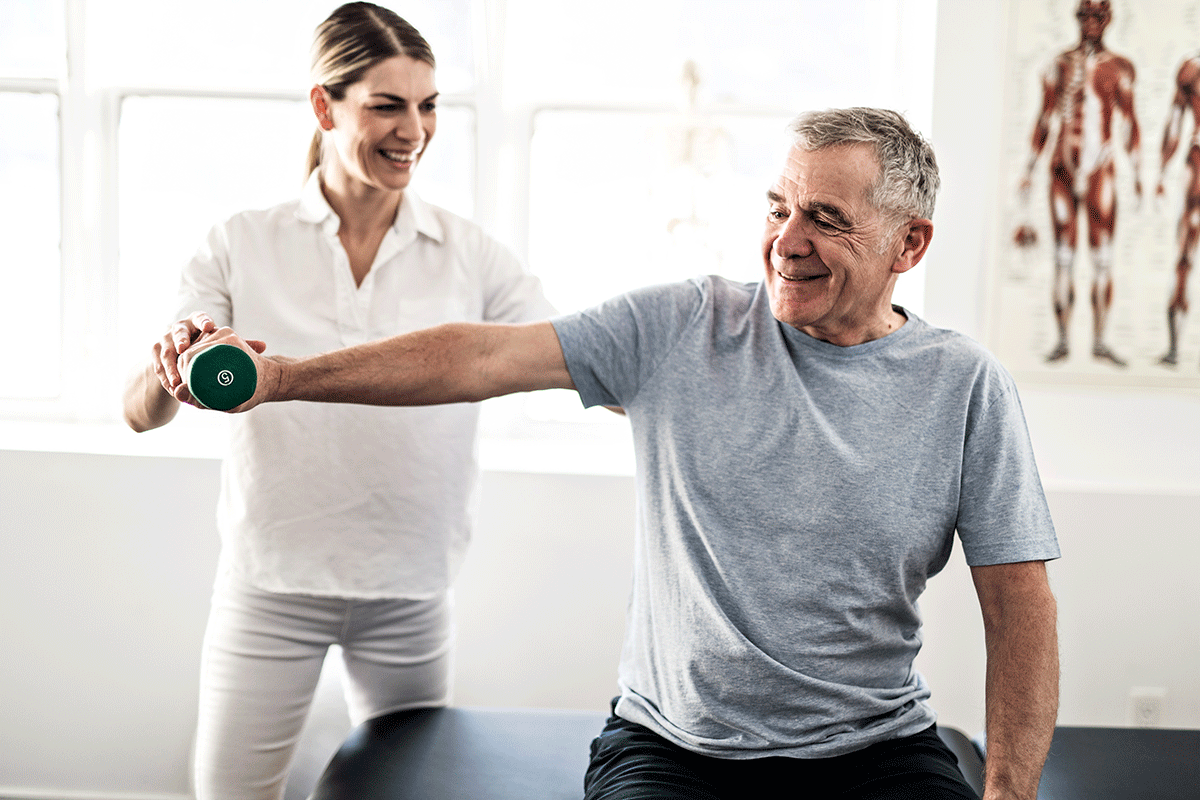Promoting Attendee Well-Being and Harm Reduction in Group Exercise Training
Wiki Article
Group fitness workout sessions are a common way for people to improve their well-being and physical condition. These classes often involve exercises like dance fitness, spin, stretching, and strength training, which can be fun and motivating. However, it is essential to ensure the safety of participants during these classes to prevent harm. Coaches and facilitators play a key role in establishing a safe environment that fosters positive outcomes for all involved.
To support participant well-being, instructors should start by assessing the fitness levels of each individual. This can be achieved through pre-session questionnaires or informal discussions. Understanding the needs and abilities of participants helps facilitators adapt exercises to match different conditioning stages. For instance, modifications can be offered for beginners or those with physical limitations. By offering alternatives, coaches motivate all participants to participate comfortably while still being challenged.
Proper pre-exercise and post-exercise sequences are vital components of any team exercise class. Preparing before workouts prepares the physique by slowly raising cardiac activity and enhancing blood flow to muscles. This minimizes the likelihood of strains and sprains during training. Likewise, cooling down helps the system transition back to a resting state, avoiding lightheadedness and promoting healing. Instructors should consistently set aside minutes for these critical phases in every session they conduct.

In addition to physical safety, mental well-being is also crucial boot camp fitness training in group exercise settings. Creating a supportive atmosphere where attendees are encouraged and inspired can significantly improve their experience. Instructors should foster constructive communication by offering recognition and constructive feedback throughout the class. This not only increases confidence but also assists individuals remain involved and focused on their objectives.
In conclusion, it is essential for instructors to remain updated on best practices for risk reduction and participant support. Ongoing training through workshops, accreditations, and professional development ensures trainers knowledgeable about new techniques and safety protocols. By prioritizing both bodily and mental health in group exercise training classes, instructors can help participants reach their health objectives while minimizing Full Article the likelihood of harm. A secure and enjoyable setting leads to long-term positive impacts on individual fitness paths.